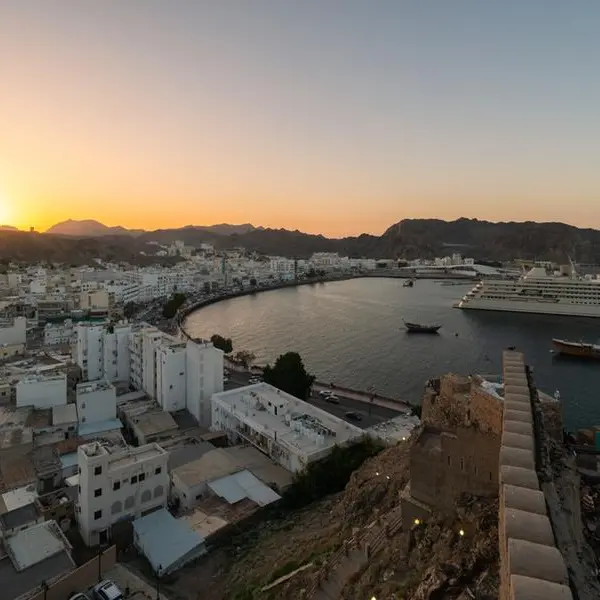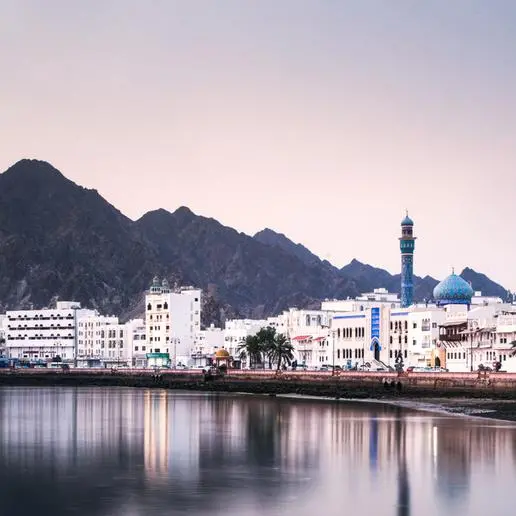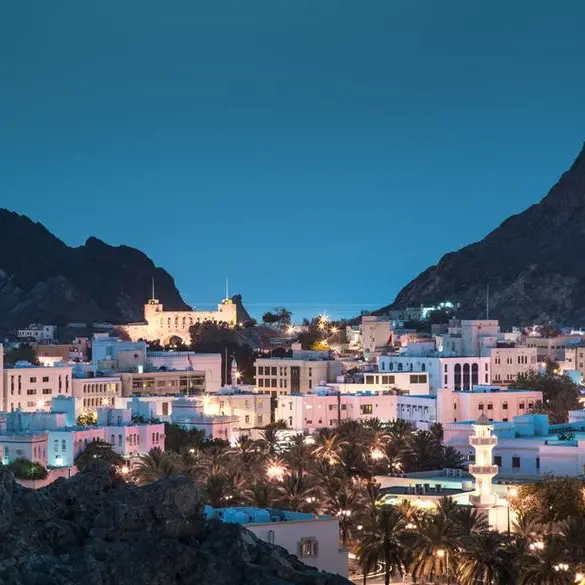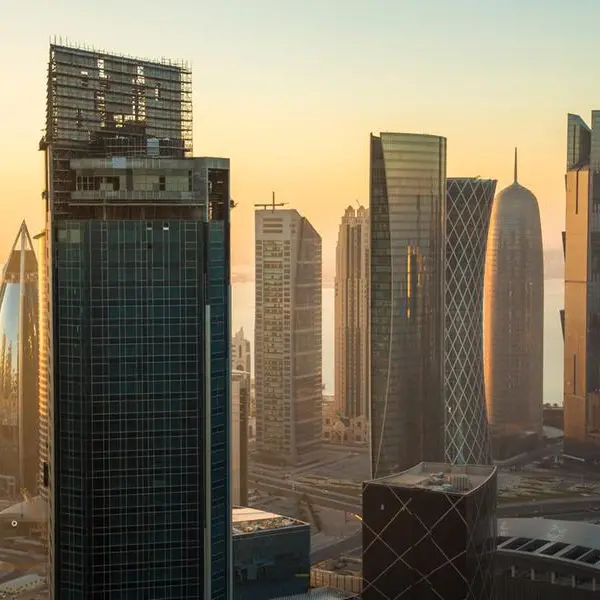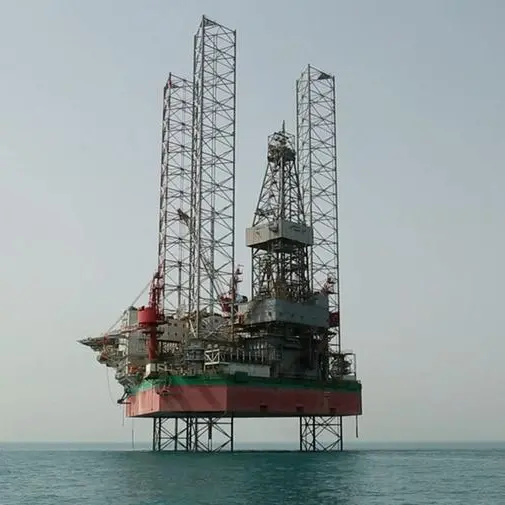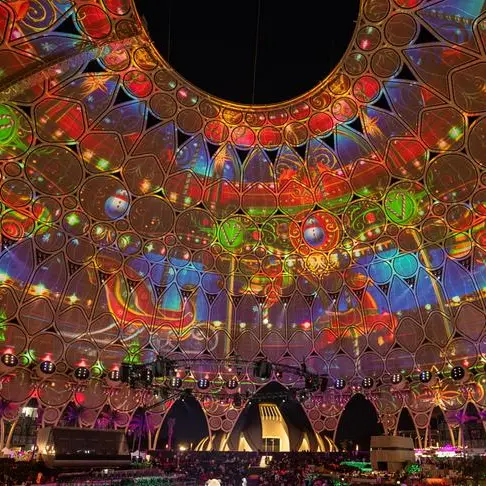PHOTO
Dubai retained its number one spot in the MENA region on Kearney’s Global Cities Index (GCI) while also moving up one place to 22nd globally, its highest ranking to date.
The emirate’s rise was driven by business activity, human capital and political engagement through the course of the year.
Abu Dhabi also jumped up a spot on the global rankings due to increased business activity and political engagement.
The Global Cities Report, published by management consultants Kearney, looks at the impact of socio-economic and political developments on cities and their futures. The report seeks to quantify the extent to which a city can attract, retain, and generate global flows of capital, people, and ideas.
Abdo Al Habr, Kearney Partner, Public Sector in the Middle East, said that cities around the world have shown declining scores on the GCI over the last six years, which indicates de-globalisation that predates the pandemic.
“This year, while indicators of business activity and human capital have softened across the globe, the MENA region has displayed promise. In the Middle East, governments have been proactively setting targets for socio-economic development for years now, and it is this prudent, systemic strategy that has shaped their positive futures.”
Dubai topped the region in cultural experience, while Riyadh registered a 46-point increase in rankings, the highest jump in the category globally. Doha, host to the FIFA World Cup, reported a 17-point jump in the category, with a firm lead in the MENA region in sporting events.
Cultural experience is one of the most fluid and difficult-to-quantify categories within the GCI and has been recognized as one of the most vital categories this year.
Meanwhile, Abu Dhabi ranked in the top 10, landing at number nine in the global cities outlook.
Dubai rose five places to land at number 11, edging closer to breaking into the top 10. Meanwhile, the outlook for Doha has been overwhelmingly positive.
(Editing by Seban Scaria seban.scaria@lseg.com)

